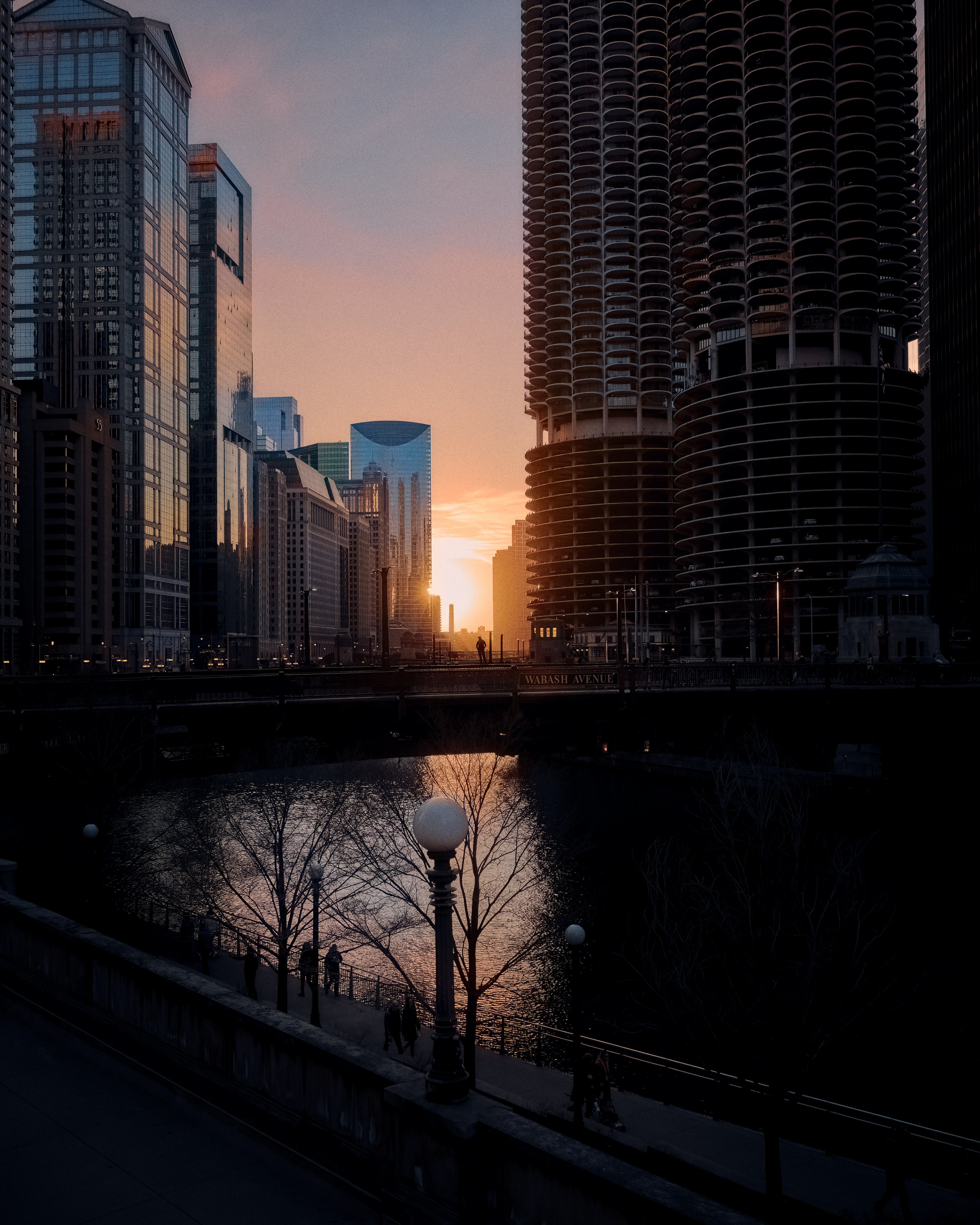Enoshima
This past weekend, I went to Enoshima. It’s a prime day-trip spot for those in Tokyo, known for its sandy beaches and the island that lends its name to the area, with a view of Mount Fuji hugging the horizon. It’s a bit of a hike from Tokyo, but more time-consuming than difficult. The train station, the end of the line, features a large tank of jellyfish, advertising the well-regarded Enoshima Aquarium. But like many who head to this area, we were just looking for a dip in the sea.
That said, it wasn’t until we got off the train that I put two-and-two together, though; connecting the name with the image of the large, forested island hovering off the coast. I realized I’d seen an image of the island before, though it took me a while to place it. Buried in the depths of my impossibly-large "Inspo" image folder, I found it; a painting by an anime background artist who goes by Kaisei on Twitter (this is surely where I found the image, years back) and luhoom on Instagram. Here it is:
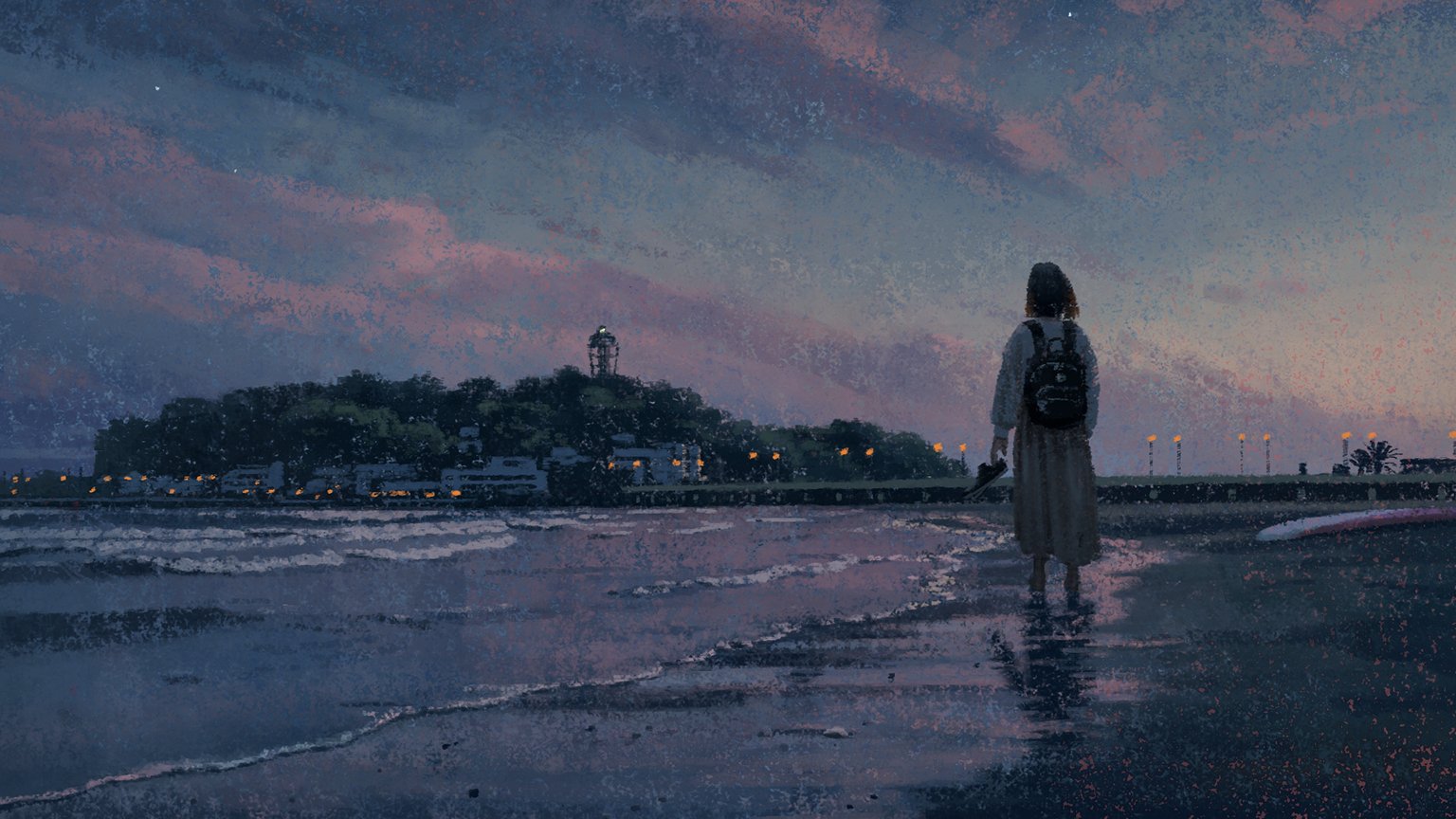
I found something evocative about the twilight sky, the mirror-like surface of the water on the shore. The tower (the Enoshima Sea Candle) looms over the island, its gleam no brighter than the stars visible through the wispy clouds. Just above the buildings on the coast, you can see just the hint of the large white gate; which marks the entry into one of the island's shrines. In this image, I can feel the character's yearning, the beckoning call of the island itself.
While searching for this painting, I found another image of Enoshima in my Inspo folder—perhaps I've saved even more. Here too, the island seems to call to the figure, conveys something somber in the cinematic blues of this image.
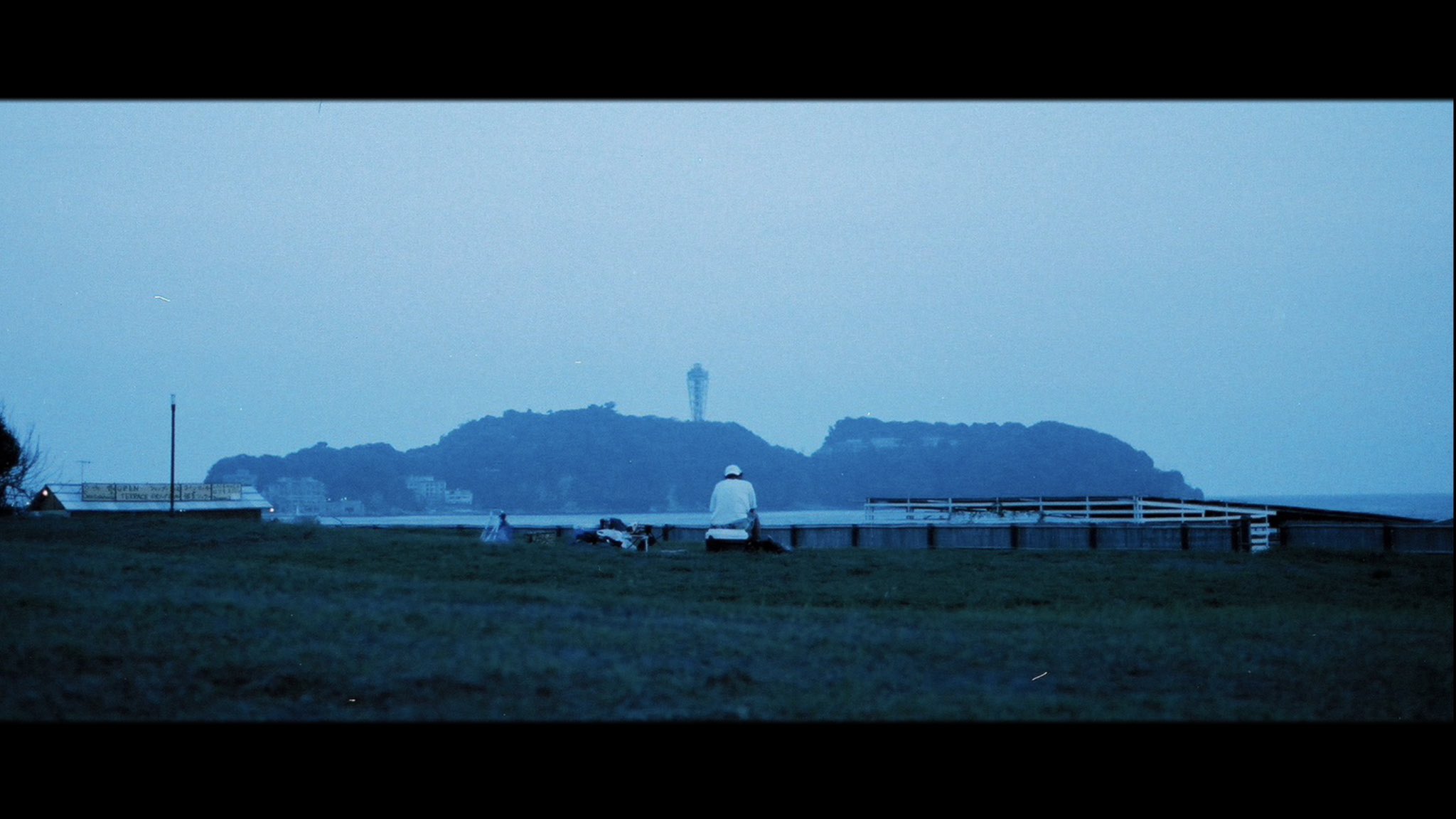
In real life, I found the island even more impressive. Its cliffs seems to rise higher than the painting suggests; the subtle beauty of the painting obscures the violent power of the island. I was transfixed by the sight of the deep woods surrounded by the lapping ocean waves. It felt mysterious; like it held something profound—and yes, maybe even something spiritual.
Being there, it's not hard to understand: this is a sacred place.
Japan is often described as a secular country, which is both true and wrong. While it’s true Japan doesn’t have a singular culturally-unified religion like many countries in the West, I haven’t found a place in Tokyo that’s more than a five-minute walk from either a Shinto Shrine or Buddhist Temple; and likely both.
Shinto is a broad, varied belief system that originated in Japan, and reveres often localized gods, spirits, and the splendor of nature itself. Buddhism was brought to Japan, but the two belief systems have long quite easily coexisted. (The history, connection, forced-separation as part of the Meiji Restoration of 1868, and later continued accord between Shinto and Buddhism is fascinating, from what little I know). I often see people stopping to pray at the small shrines that you’ll find scattered around the streets, heading into the Buddhist temples.
Religion and culture are tightly bound, seen as facets of the same jewel. At risk of sounding naïve, Japan might not have a religion; but Japan is suffused with sacrality.
We spent the first hour or so on the beach, enjoying the salty water, the occasional big wave (the area is said to have some mild surfing on the rougher days), but what was calling me was the island itself.
If you enjoyed this post, just a reminder that you can join The Order of the Black Lotus, my membership program, for just $3/month, or $30/year. Joining the order gets you a one-of-one postcard handwritten from me in Tokyo, access to some exclusive posts like How to Do a Spec Shoot, and Why and Working a Scene and the Decisive Moment — A Practical Guide with more on the way, and access to an exclusive feed of my photography on Retro, before anyone else sees it.
Subscribing really goes a long way, so thanks for your support!
It’s an island, but connected to the land via a wide highway, with a walking path along one side. Once you reach the island however, most of it becomes foot-traffic only. The island is a popular tourist destination, and the main strip from the highway into the woods is lined with snack and souvenir shops, restaurants big and small, and of course tourists like me. But just like Tokyo itself, how quickly this falls away to quiet!
Beyond the octopus rice crackers, the path winds further up into the mountain, reaching what the island exists for, three shrines in a row dedicated to Benzaiten; a Buddhist deity of music, words, and entertainment that became incorporated into the Japanese Shinto practice—another example of their crossover. (There is a Buddhist temple on the island as well, though the history is far shorter).
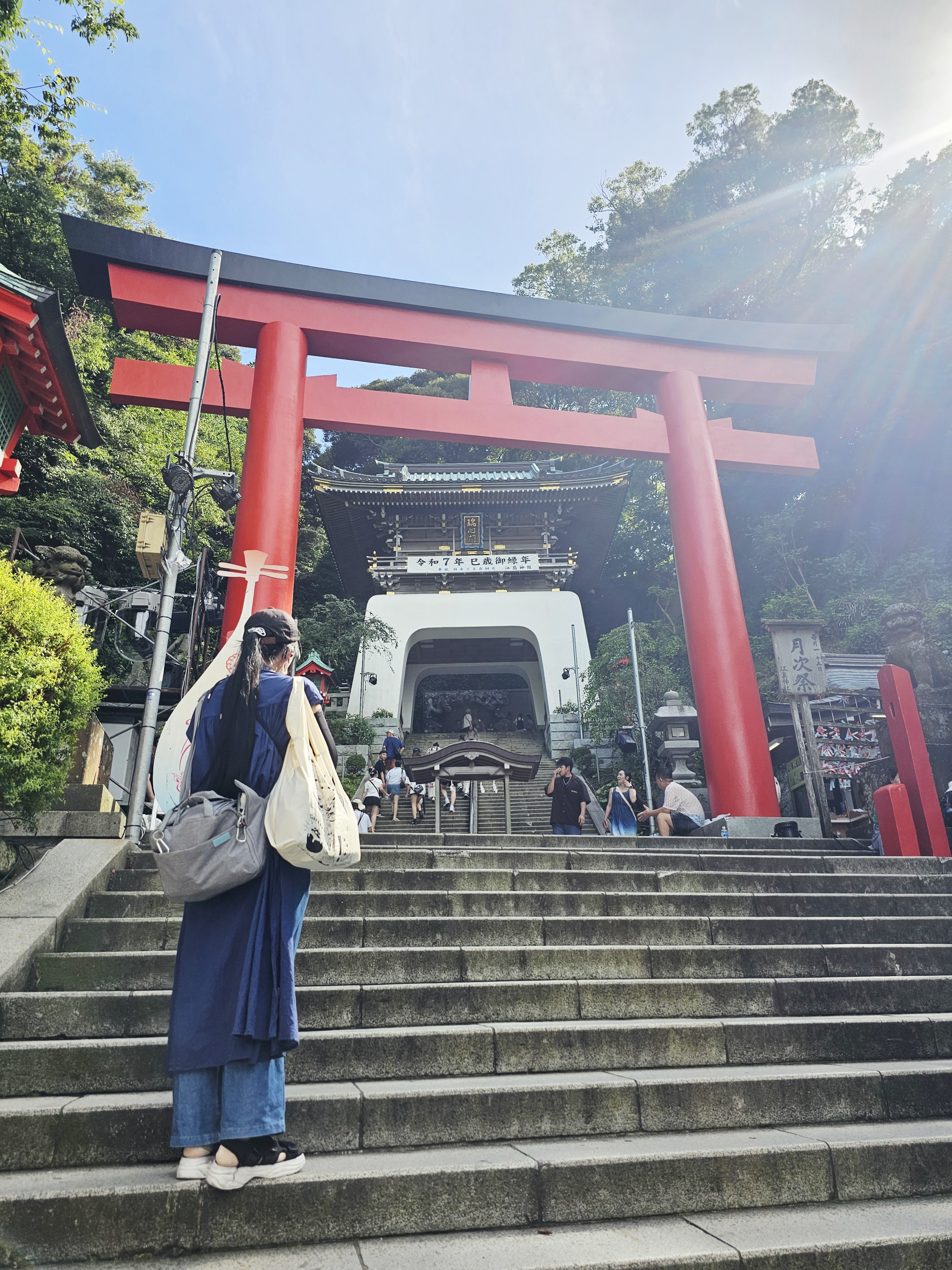
When people ask (which is rare at this point), I say that I consider myself Buddhist. I meditate; I do my best to follow the Buddhist precepts (as a lay-person). At other times, I might say I’m not religious. I grew up going to (a Protestant, but nearly non-denominational) Christian church, but it wasn’t long before it felt wrong for me. The church always felt like a warm, welcoming space to me—I enjoyed the ritual of going, the connections I formed with other kids my age—though I’m wary of organized religion: even Buddhism. But that’s not to say I’m at odds with the idea of something larger than us, unknown or unknowable, feeling moved in recognizing something vast, powerful, mysterious.
Japan is suffused with sacrality.
I felt that power on Enoshima. On the steep slopes, kites circle, screech, and divebomb against the endless blue sky. The landscape is severe: sharp cliffs fall off from nothing, waves crash against a stony shore. In the distance, if the weather is clear, the silhouette of Mount Fuji seems to cast a shadow over the island.
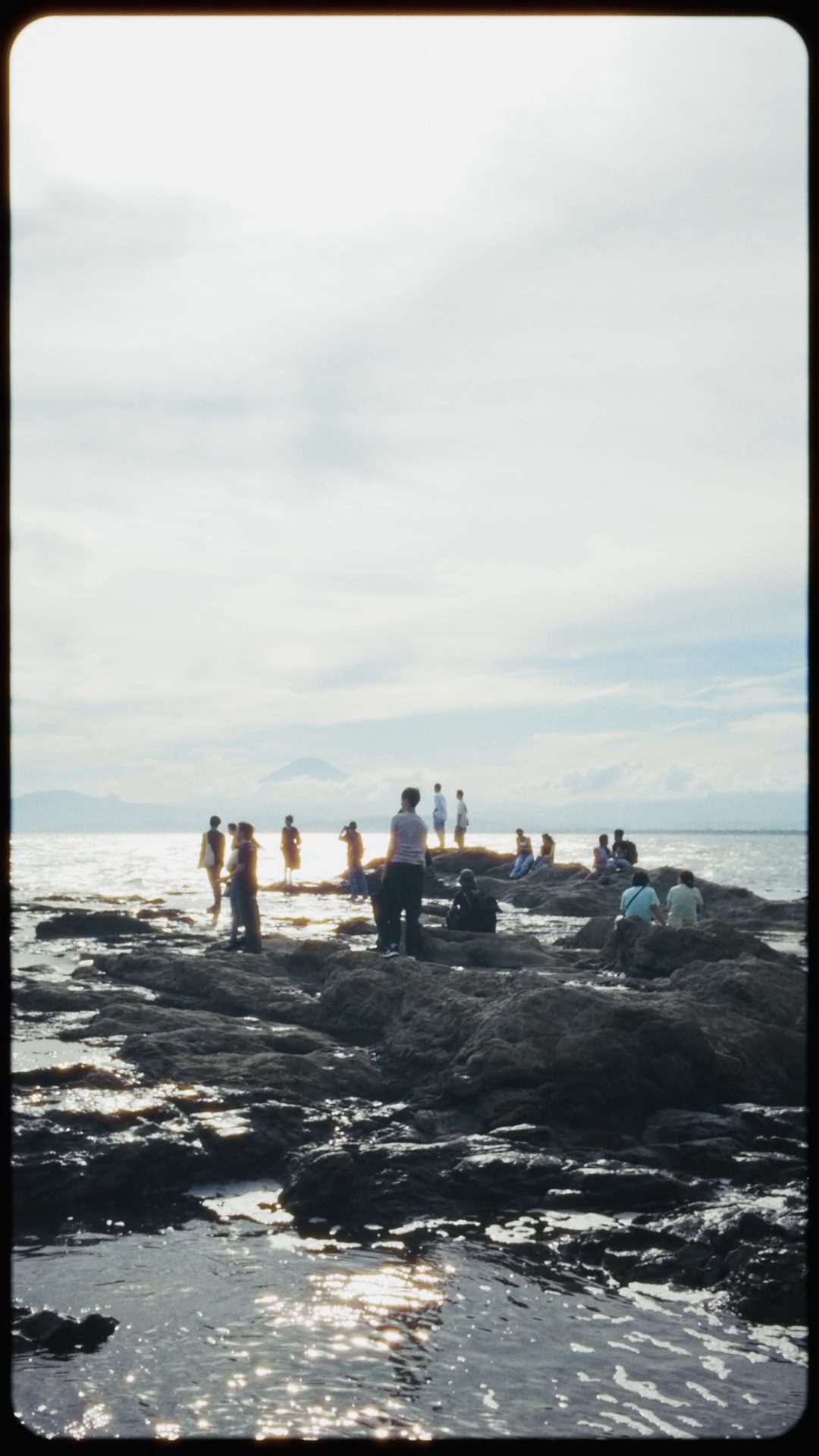
The effect is amplified by the usual signs of a Shinto Shrine: bright red Torii gates and bridges, imposing shrine buildings, sacred statues; purifying springs. But the nature alone is enough. Walking along a forested path, Fuji visible through the dense trees, the cicadas singing all around, I thought: I get it. Even among the Japanese people there, I think most were simply tourists, but being there, it's not hard to understand: this is a sacred place.
I made a small video from our trip there, which you can see below:

And if you find yourself in Tokyo, and have the chance, I highly recommend a trip to Enoshima.


